Orthodontics
Orthodontic bite is the position of the teeth in relation to each other, which they occupy during the closure of the jaws. According to WHO statistics, approximately 50% of patients experience dental problems caused by this disorder. In Moscow, orthodontists at the K+31 clinic perform professional bite correction without removing teeth, using modern methods and equipment.

specialists

equipment

treatment
General information
Reasons for the development of defects
There are a large number of factors that can negatively affect jaw closure. These include:
- Genetic factors
- Delayed change of teeth to molars
- Birth injuries
- Early removal of children's teeth
- Constant impact on the jaw
- Disturbances during gestation
In addition, the cause of disturbances in jaw closure can be injury received at any age.
Types of malocclusion
Specialists share the following closure defects:
- Mesial: predominance of the lower jaw
- Deep: the dentition overlaps the upper one by a third or more
- Cross: displacement of one of the jaws to the side
- Dystopia: teeth growing in the wrong place
- Distal bite: abnormal development of bone tissue of the upper jaw
- Diastema: space between teeth
- Open: jaws do not close properly
If any type of pathology is present, restoration of the bite must be carried out without delay.
Possible complications
There is a common misconception among patients that malocclusion only affects the beauty of a smile. However, dentists claim that the presence of a defect provokes the development of serious complications. These include:
- Disturbance of chewing function
- Development of facial asymmetry
- Gum pathologies
- Speech disorders
- Earning of teeth and, as a result, their loss
Also, if the jaws are not closed correctly, regular damage to the soft tissues of the oral cavity is possible. In addition to discomfort, this leads to inflammation and increases the risk of contracting infections.
Diagnostics
To detect defects and make an accurate diagnosis, you need to contact an orthodontist - this is the doctor who corrects bites in adults and children. The specialist will conduct a survey and diagnosis, after which he will recommend a treatment program. Research includes:
- Radiography
- Examination of the patient's oral cavity
- MRI/CT of the jaw (for obvious problems)
Based on the data obtained, the specialist will select effective treatment.
How long does teeth bite correction last?
Regardless of the chosen technique, correction of defects takes a long time. As a rule, this period ranges from one and a half years, and in severe cases - up to five years. In a short period of time, a tangible effect can be achieved only in childhood. Because of this feature, experts recommend paying attention to the state of the child’s occlusion.
The period of use of orthodontic structures depends on a number of factors. These include the degree of development of the pathology, the age of the patient, the condition of the oral cavity, and the type of structure used.
Before aligning the bite, the specialist will definitely refer the patient for treatment of existing oral problems: implantation of missing teeth, treatment of caries, periodontitis, etc.
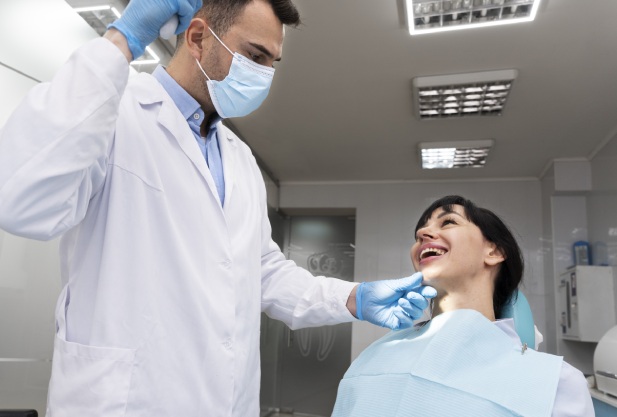
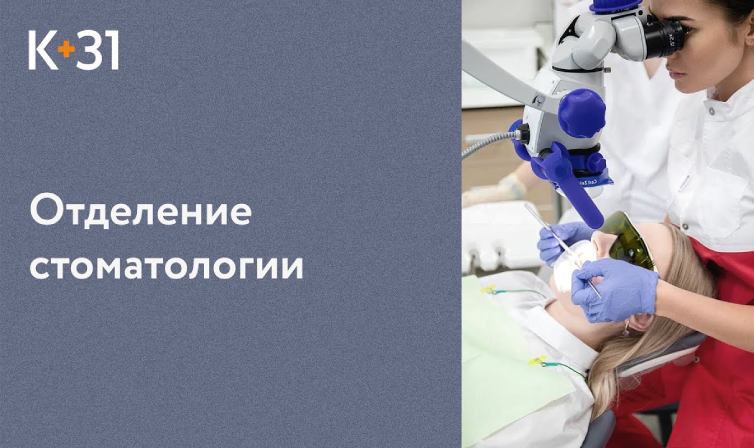
Modern methods of diagnostics and dental treatment at "K+31"
Our doctors
Make an appointment at a convenient time on the nearest date

This award is given to clinics with the highest ratings according to user ratings, a large number of requests from this site, and in the absence of critical violations.

This award is given to clinics with the highest ratings according to user ratings. It means that the place is known, loved, and definitely worth visiting.

The ProDoctors portal collected 500 thousand reviews, compiled a rating of doctors based on them and awarded the best. We are proud that our doctors are among those awarded.
Price
Treatment of diseases
Reviews


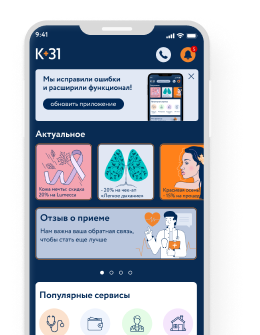




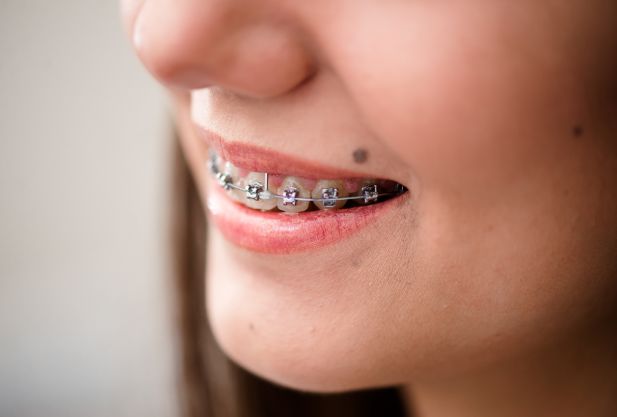
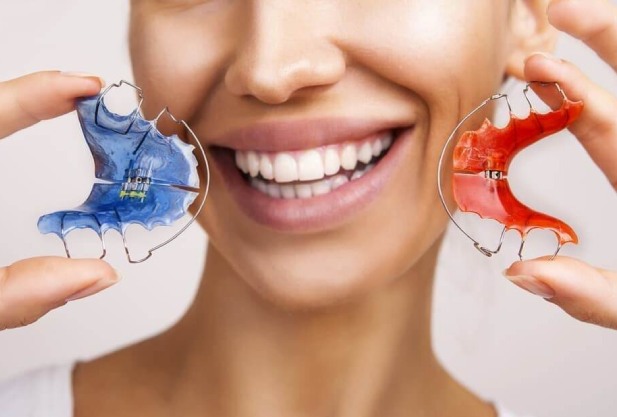
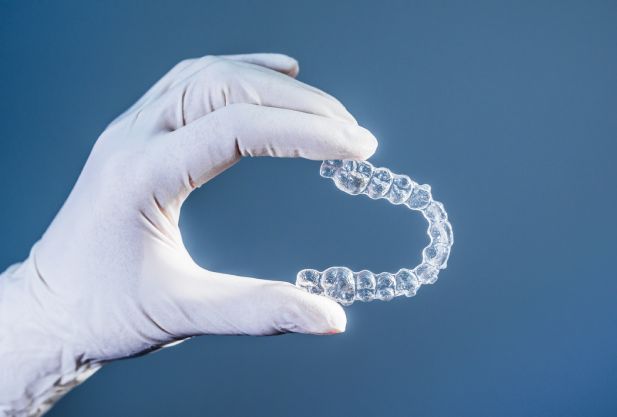
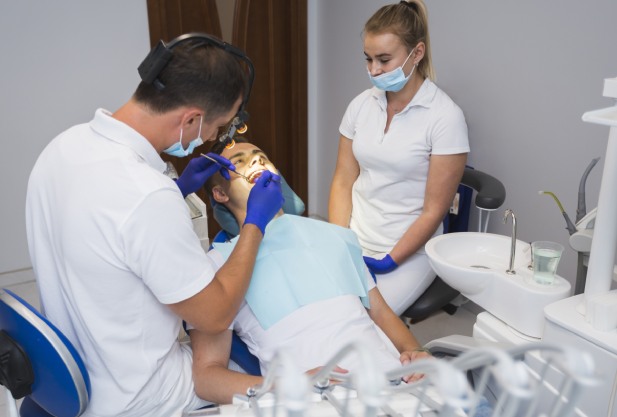
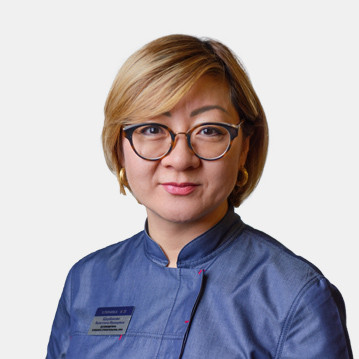
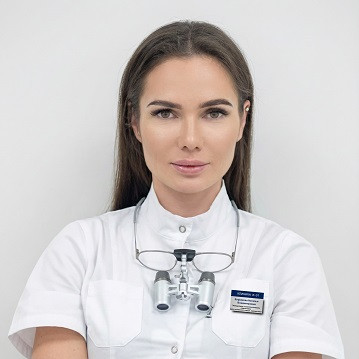

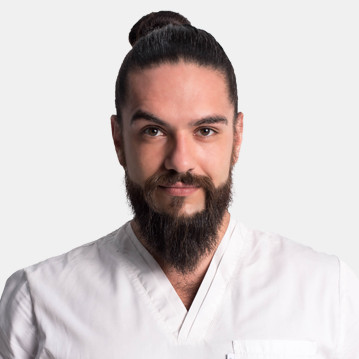
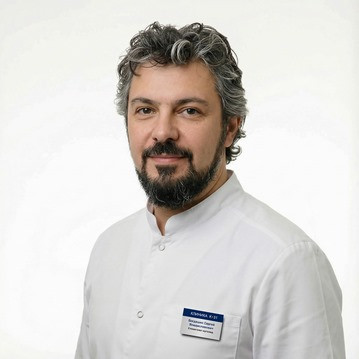
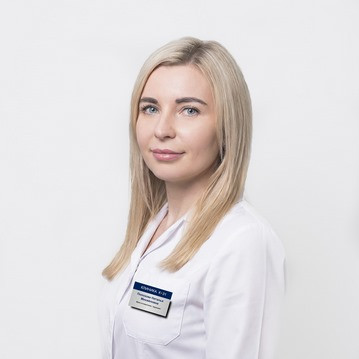
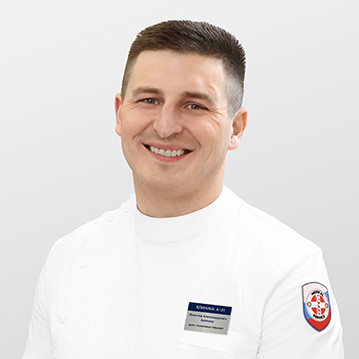
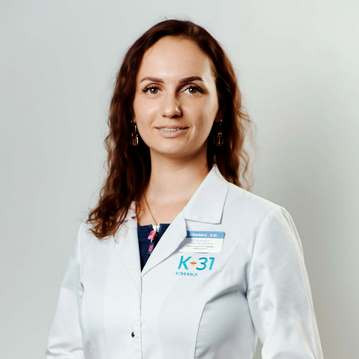
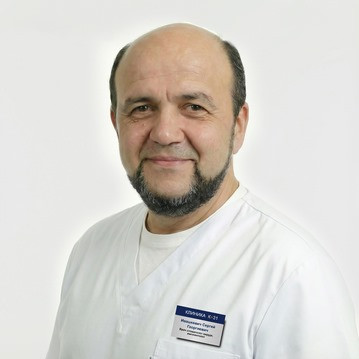
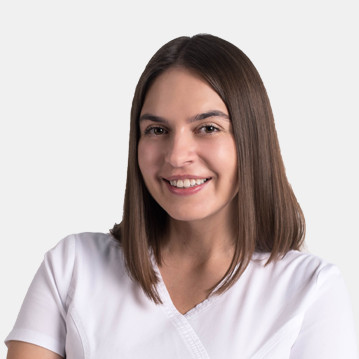
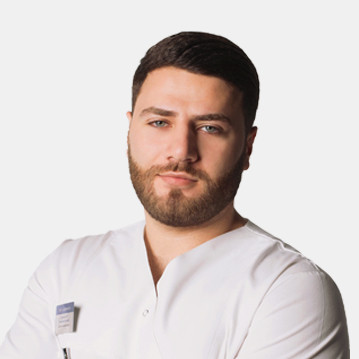
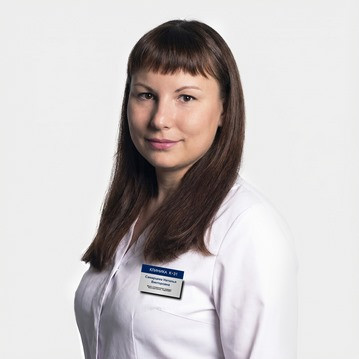

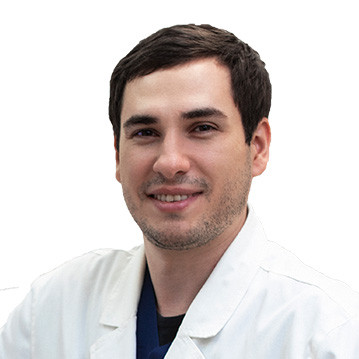
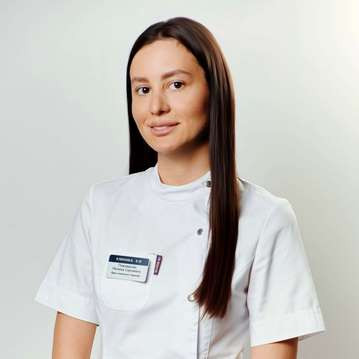
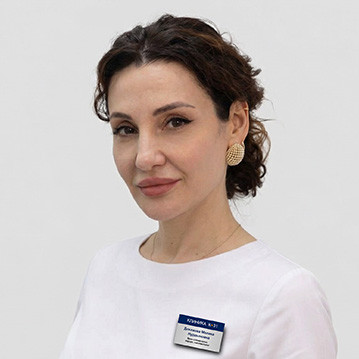
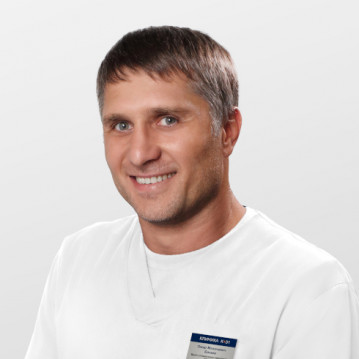
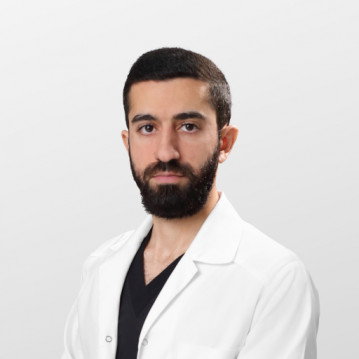
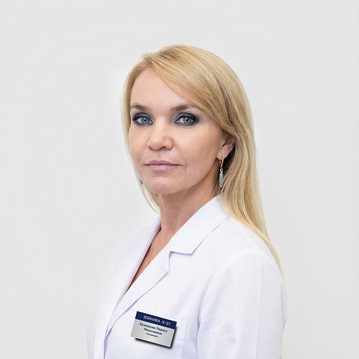
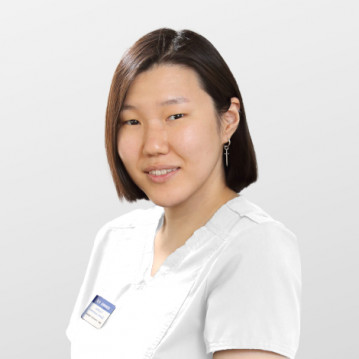
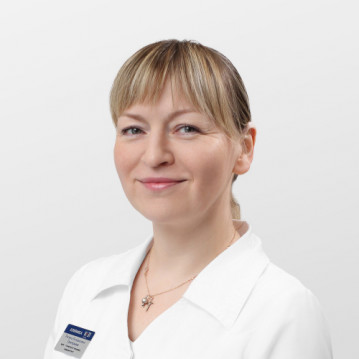

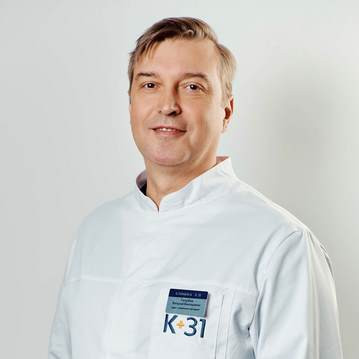
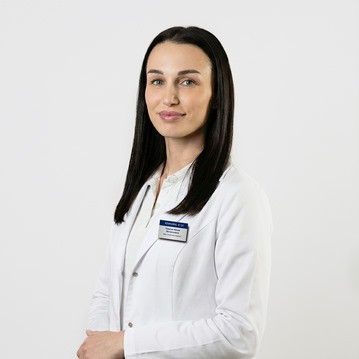
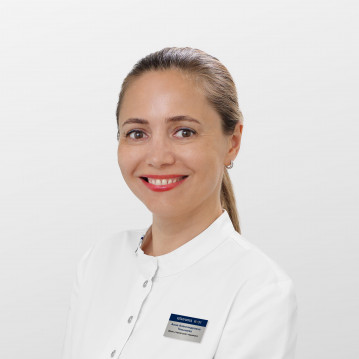
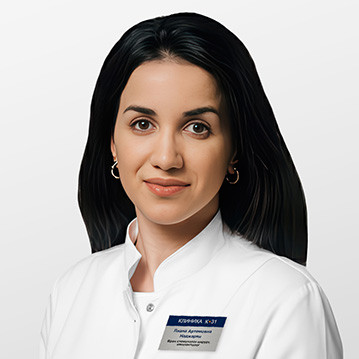
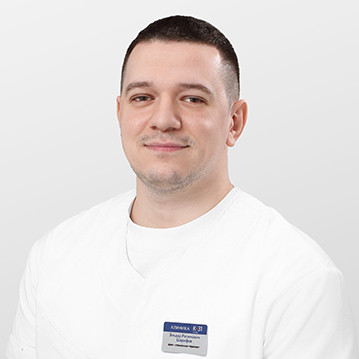
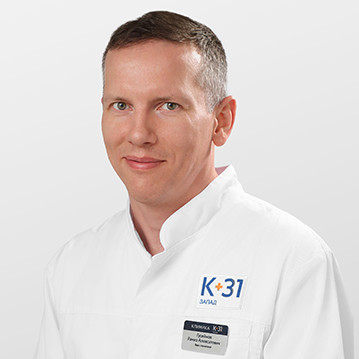
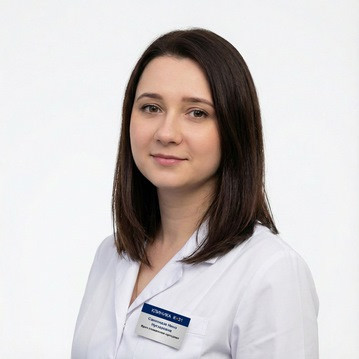
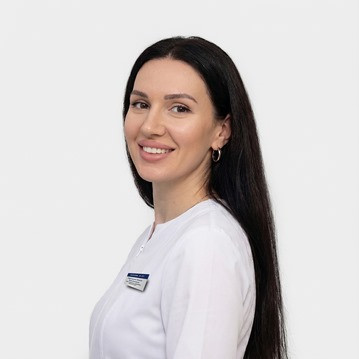

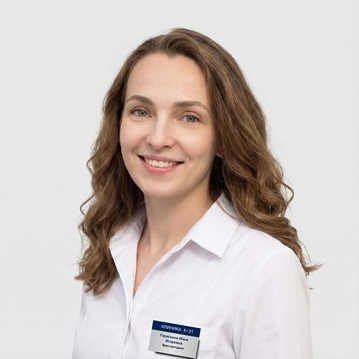
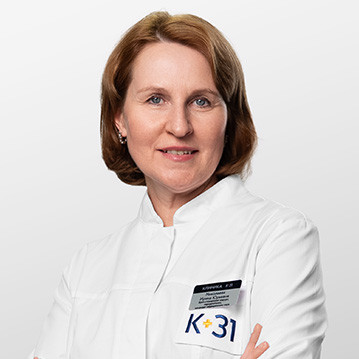
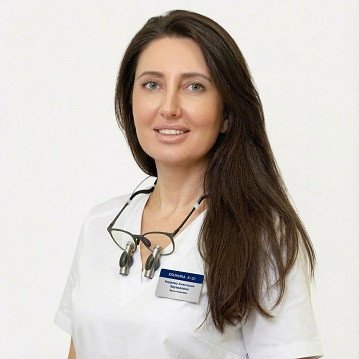
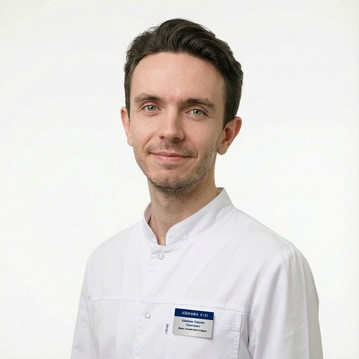

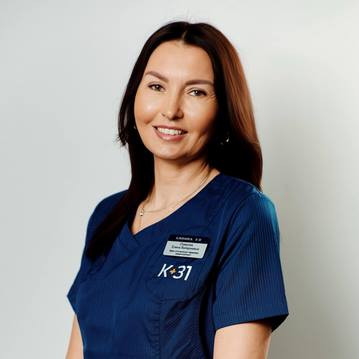
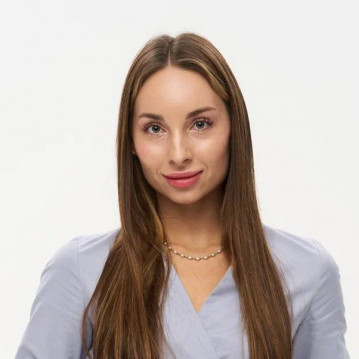
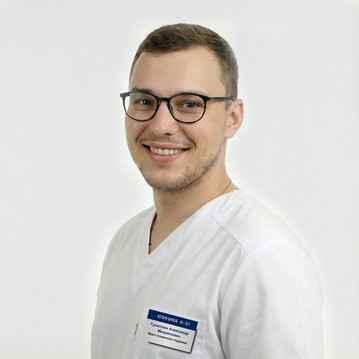

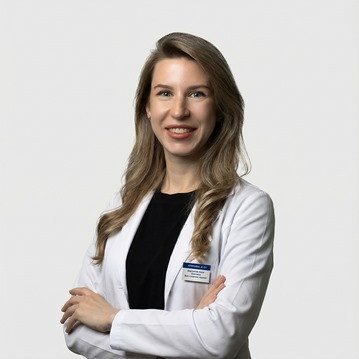
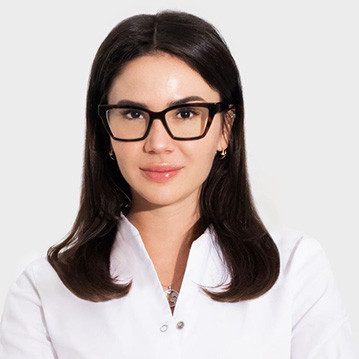
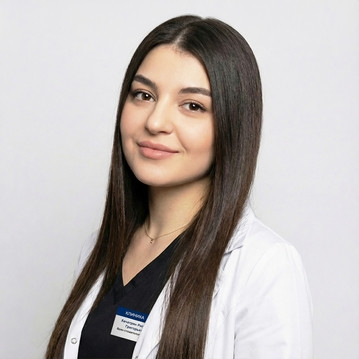
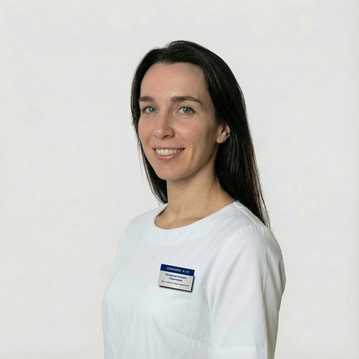
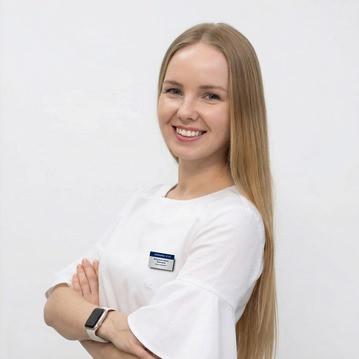







Bite formation
The foundations of the normal structure of the jaw apparatus are laid at the stage of intrauterine development of the baby. The final bite is formed at the age of 15 years.
The process takes several stages:
Often, due to problems in the development of bone tissue, problems begin at any stage that persist for life.